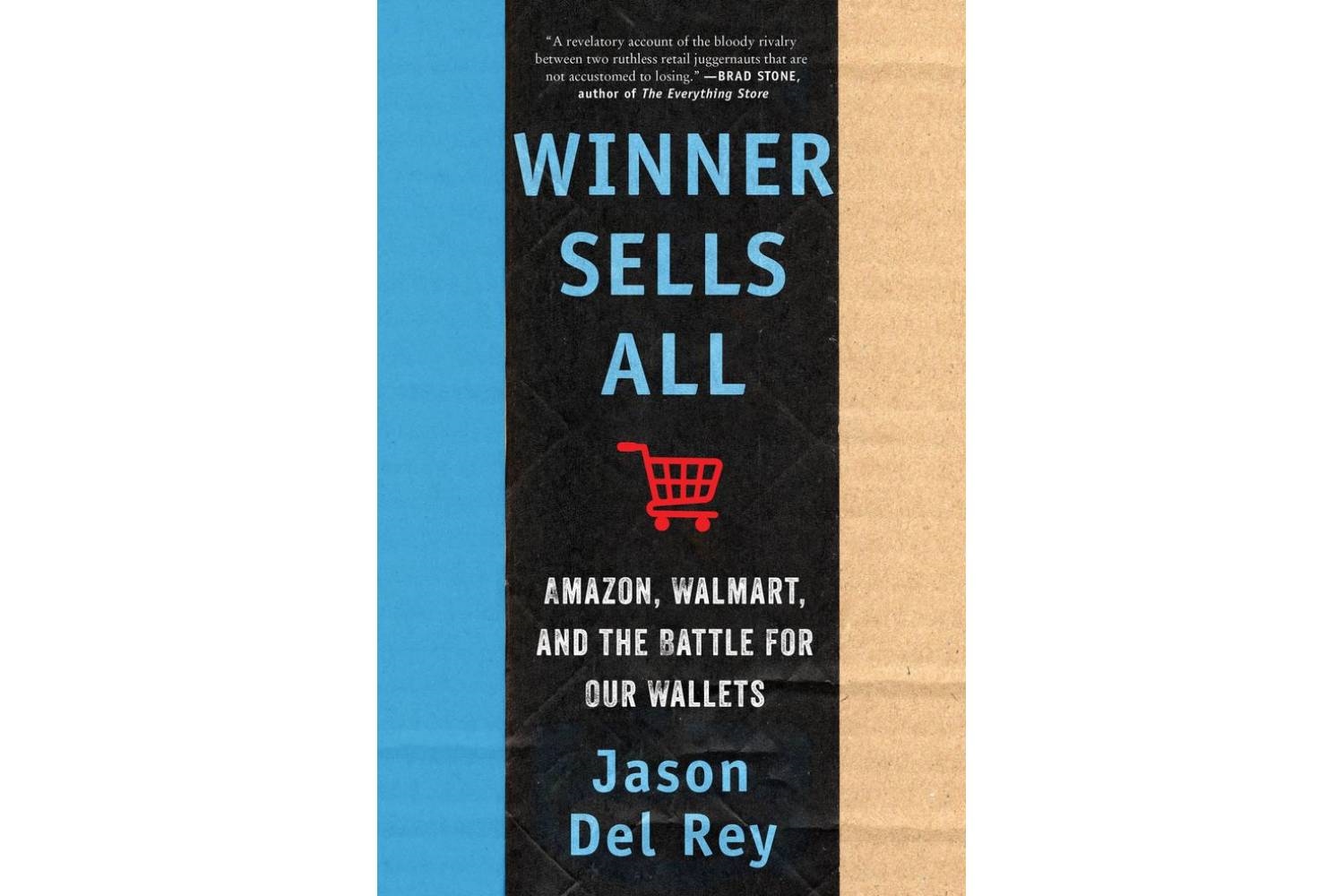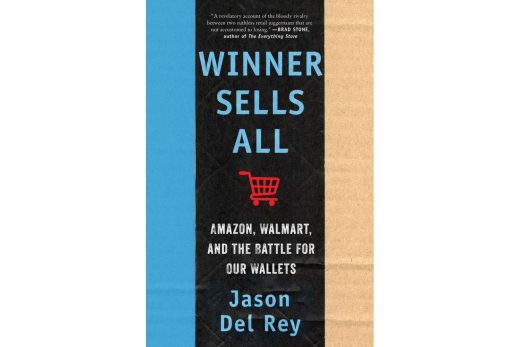Hitting the Books: Amazon’s unique ‘threat’ to digital commerce
Hitting the Books: Amazon’s unique ‘threat’ to digital commerce

Excerpted from Winner Sells All: Amazon, Walmart and the Battle for Our Wallets by Jason Del Rey . Published by Harper Business. Copyright © 2023 by Jason Del Rey. All rights reserved.
In the late 2010s, the power and valuations that Amazon and other titans of the technology industry were accumulating incited a new movement in antitrust circles, catalyzed by a law school paper written by a then-unknown law student named Lina Khan. In her seminal paper, “Amazon’s Antitrust Paradox,” published in the Yale Law Journal, Khan argued that our interpretation of antitrust laws was outdated in light of a new digital economy, and there was a need to return to the days when merely having low prices or providing free services wasn’t enough to avoid scrutiny for anticompetitive behavior.
“Amazon doesn’t just want to dominate markets; it wants to own the infrastructure that underpins those markets,” said Stacy Mitchell, the longtime critic of both Amazon and Walmart who runs a left-leaning think tank called the Institute for Local Self-Reliance (ILSR). “And that’s an order of magnitude difference of a monopoly ambition than Walmart’s.” Mitchell had spent many years agitating for the government to step in to slow down Walmart during its go-go Supercenter growth years and she is still clear today that she finds the company’s power problematic.
But in her view, and that of many Big Tech critics in her circles, Amazon poses an altogether different threat to business competition. “It’s not just the retail platform, but it’s AWS [Amazon Web Services], it’s the logistics piece, it’s [Alexa] and being the interface for how we interact with the web, and all the devices and everything that are connected to the smart home,” she said. “It enables Amazon to favor its own goods and services in those markets, to levy a kind of tax on all the businesses that rely on that infrastructure, and to surveil all of that activity and use that intelligence to its own advantage.”
As the pressure from Washington, DC, increased, Amazon leaders were becoming heated. In one key annual meeting of Bezos’s senior leaders in early 2020, Jassy, the then-CEO of AWS, digested the content of a memo sitting in front of him. It laid out Amazon’s plans for messaging in response to accusations that it was too big or too powerful and engaged in anticompetitive behavior. As Bezos listened in by phone, Jassy pointedly asked those before him why the messaging didn’t argue that Walmart, and AWS rival Microsoft, should be investigated. Other top company officials tried to explain that each of those companies had already been scrutinized years ago and their time had passed. But Jassy’s reaction left a lasting impression on those in attendance.
“It was very clear from his comments that we shouldn’t let our foot off the gas,” someone in attendance told me years later. In subsequent years, especially in the part of the company that focused on so-called competition issues, “there wasn’t a day that Walmart didn’t come up.” The fact that Walmart, with more annual revenue than Amazon, was not being scrutinized by policy makers drove executives like Jassy crazy. It didn’t help when Amazon executives discovered that Walmart was indirectly funding a nonprofit front group called Free and Fair Markets, which was bombarding reporters and social media with anti-Amazon accusations. For some time, Amazon leaders suspected that a competitor, or group of competitors, was funding the operation but couldn’t prove it. One of Amazon’s longtime spokesmen, Drew Herdener, grew frustrated every time the group placed an op-ed or social media message that got traction.
“How does the press not know this is a front group?” he would lament. As a result, an Amazon communications staffer named Doug Stone spent upward of a year trying to help reporters uncover the group’s funders. Finally, in the fall of 2019, the Wall Street Journal pulled back the veil in an expose titled “A ‘Grass Roots’ Campaign to Take Down Amazon Is Funded by Amazon’s Biggest Rivals.” A Walmart spokesperson denied funding the group to the newspaper—the article had stated that Walmart used an intermediary to pass along funds to FFM, so the company’s defense might have been a matter of semantics— but said that Walmart “share[s] concerns about issues” that the group was publicizing.

(20)


